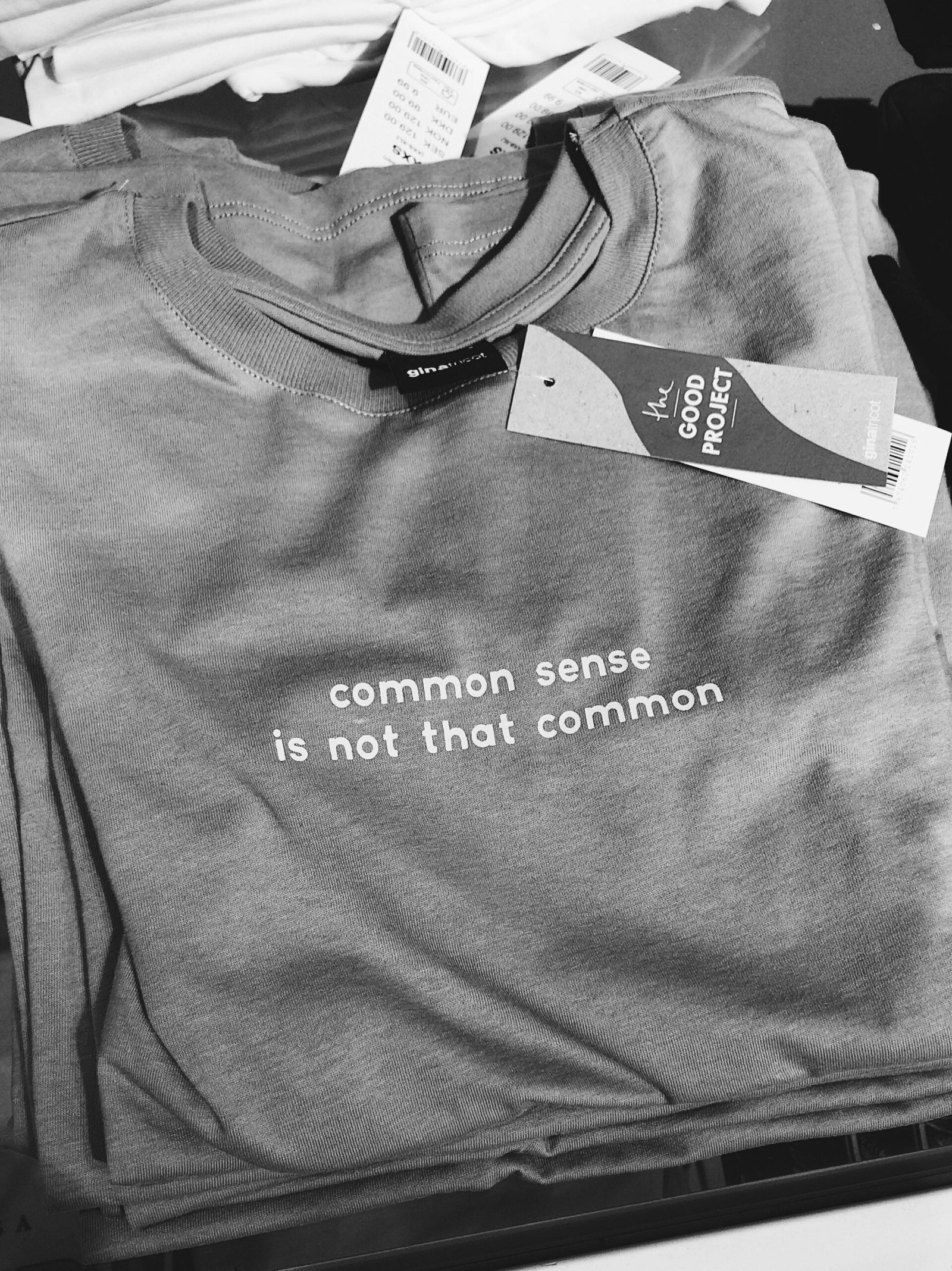How to Achieve Success by Adopting These 8 Habits
Success is a word that means different things to different people.
For some, it may be fame, fortune, or recognition.
For others, it may be happiness, fulfillment, or peace of mind. Whatever your definition of success is, there is no doubt that it is something that most people aspire to.
But how do you achieve success?
Is it a matter of luck, talent, or hard work?
While these factors may play a role, they are not the only ones.
In fact, many successful people often share common habits that contribute to their achievements.
“These habits
are not innate or fixed,
but rather
learned and cultivated over time”.
In this article, we will explore nine habits of highly successful people that you can adopt for your own success. These habits are:
- Setting clear goals
- Getting organized
- Continuous learning
- Prioritizing self-care
- Embracing failure
- Time management
- Surrounding yourself with positive influences
- Giving back
By following these habits, you will not only increase your chances of reaching your desired outcomes, but also enjoy the journey along the way.
Let’s dive in!
1.Setting Clear Goals
The first habit of successful people is setting clear goals.
Goals are the destination that you want to reach, the vision that you want to realize, or the problem that you want to solve.
Without goals, you will lack direction, focus, and motivation.
Successful people set specific, measurable, and achievable objectives that align with their values and purpose.
They also write down their goals and review them regularly, as this helps them stay on track and measure their progress.
A Gallup study found that people who write down their goals are 42% more likely to achieve them than those who don’t.
To set clear goals, you need to ask yourself:
- WHAT do I want to achieve?
- WHY do I want to achieve it?
- HOW will I achieve it?
- WHEN will I achieve it?
- HOW WILL I KNOW I have achieved it?
By answering these questions, you will be able to define your goals and break them down into smaller and more manageable steps.
2.Getting Organized
The second habit of successful people is getting organized.
Organization is the process of arranging your resources, tasks, and time in a way that helps you achieve your goals.
Organization helps you know where you are headed and how to get there.
Successful people create an action plan and a vision statement that outline their goals, strategies, and milestones.
Plan your Work. Then, Work on your Plan!
They also use tools such as calendars, planners, or apps to keep track of their schedules, deadlines, and priorities.
They eliminate clutter and distractions that may hinder their productivity and focus.
Organization has many benefits for achieving success, such as:
- Improving efficiency and effectiveness
- Reducing stress and anxiety
- Enhancing creativity and innovation
- Boosting confidence and self-esteem
- Increasing satisfaction and happiness
To get organized, you need to:
- Identify your goals and tasks.
- Prioritize and categorize them.
- Allocate time and resources for them.
- Execute and monitor them.
- Review and adjust them.
By following these steps, you will be able to organize your life and work in a way that supports your success.
3.Continuous Learning
The third habit of successful people is continuous learning.
Learning is the process of acquiring new knowledge, skills, or abilities that help you grow and improve.
Learning is essential for success, as it allows you to adapt to changing situations, overcome challenges, and seize opportunities.
Successful people invest time and effort in learning new things that are relevant to their goals, interests, or passions.
They also seek feedback and guidance from others who can help them learn and improve.
They read books, take courses, attend seminars, or find mentors that can enrich their knowledge and skills.
Learning has many benefits for achieving success, such as:
- Expanding your horizons and perspectives
- Enhancing your performance and results
- Developing your potential and talents
- Strengthening your relationships and network
- Increasing your value and worth
4.Prioritizing Self-Care
The fourth habit of successful people is prioritizing self-care.
Self-care is the practice of taking care of your physical and mental well-being.
Self-care is vital for success, as it enables you to perform at your best and cope with stress and challenges.
Successful people prioritize their health and happiness by engaging in self-care practices such as exercise, meditation, and adequate rest.
They also balance their work and personal life and set boundaries to protect their time and energy.
They treat themselves with kindness and compassion and celebrate their achievements and progress.
Self-care has many benefits for achieving success, such as:
- Improving your mood and motivation
- Boosting your immune system and resilience
- Enhancing your concentration and memory
- Preventing burnout and fatigue
- Nurturing your passion and purpose
To prioritize self-care, you need to:
- Identify your self-care needs and goals(physical or mental health)
- Choose your self-care activities and routines (Gym or meditation)
- Schedule and commit to your self-care (Making time for yourself)
- Enjoy and appreciate your self-care (Self appraisal)
- Adjust and optimize your self-care.
By following these steps, you will be able to take care of yourself and your success.
5.Embracing Failure
The fifth habit of successful people is embracing failure.
Failure is the outcome of not meeting your expectations, standards, or goals.
Failure is inevitable for success, as it is part of the learning and growth process.
Failure is not a sign of weakness, but an opportunity for improvement.
Successful people embrace failure as a feedback and a lesson. They do not let failure define them, but rather use it as a motivation to try again and do better.
They learn from their mistakes and failures, and apply their insights and corrections.
They also share their failures and struggles with others who can support them and help them overcome them.
Failure has many benefits for achieving success, such as:
- Developing your character and mindset (Resilience)
- Testing your limits and abilities (You will push yourself harder)
- Discovering new possibilities and solutions (You will invent work arounds or solutions to your problems)
- Building your grit and perseverance (Boosts self-confidence)
- Increasing your empathy and humility
To embrace failure, you need to:
- Accept and acknowledge your failure (To find a solution you need to first accept there is a problem!)
- Analyze and understand your failure.
- Learn and improve from your failure.
- Move on and try again after your failure.
- Share and seek help for your failure. (Networking!)
If you follow these steps, you will be able to embrace failure and use it for your success.
6.Time Management
The sixth habit of successful people is time management.
Time management is the skill of planning and controlling how you spend your time on specific activities. Time management is crucial for success, as it allows you to make the most of your limited and valuable resource.
Successful people manage their time effectively by using techniques such as prioritization, time blocking, and delegation.
They also set realistic and flexible deadlines and avoid procrastination and interruptions. They focus on the important and urgent tasks, and delegate or eliminate the trivial and unnecessary ones.
Time management has many benefits for achieving success, such as:
- Maximizing your productivity and output
- Achieving your goals and deadlines
- Reducing your stress and pressure
- Enhancing your quality and standards
- Increasing your leisure and freedom
To manage your time, you need to:
- Identify your time goals and tasks
- Estimate and allocate your time for them
- Plan and schedule your time for them
- Execute and monitor your time for them
- Review and optimize your time for them
By following these steps, you will be able to manage your time and your success.
7.Surrounding Yourself with Positive Influences
The seventh habit of successful people is surrounding yourself with positive influences.
Positive influences are the people, environments, and situations that inspire, motivate, and support you. Positive influences are essential for success, as they shape your attitude, behavior, and performance.
Keep positive minded people near.
People who push you, encourage you, want you to succeed are your best friends.
People who doubt you, discourage you and don’t believe in your abilities
should be thrown out at the first instance.
Successful people surround themselves with positive influences by building a supportive network of mentors, role models, and like-minded peers. They also seek out opportunities and experiences that challenge and enrich them.
They avoid or limit negative influences such as toxic people, environments, and situations that drain or discourage them.
Positive influences have many benefits for achieving success, such as:
- Providing you with guidance and advice
- Encouraging you to pursue your goals and dreams
- Helping you overcome obstacles and difficulties
- Celebrating your achievements and progress
- Holding you accountable and responsible
To surround yourself with positive influences, you need to:
- Identify your positive and negative influences
- Choose and cultivate your positive influences
- Engage and interact with your positive influences
- Appreciate and reciprocate your positive influences
- Eliminate or reduce your negative influences
Doing this, you will be able to surround yourself with positive influences and your success.
8.Giving Back
The eighth habit of successful people is giving back.
Giving back is the act of contributing to others and the community in a meaningful way.
Giving back is rewarding for success, as it enhances your personal fulfillment and social impact.
Successful people give back by sharing their time, money, or skills with causes or people that they care about.
They also practice gratitude and generosity and express their appreciation and recognition.
They engage in philanthropy, volunteering, or mentorship that can make a difference in the world.
Giving back has many benefits for achieving success, such as:
- Improving your happiness and well-being (Sharing is Caring, after-all)
- Strengthening your relationships and network
- Developing your skills and talents (Teaching is best form of learning!)
- Expanding your horizons and perspectives
- Leaving a positive legacy and influence
To give back, you need to:
- Identify your values and passions
- Choose your causes and beneficiaries
- Decide your mode and level of contribution
- Act and deliver your contribution.
- Reflect and celebrate your contribution.
Give back and enrich your success!
Finally!
In this article, we have discussed eight habits of highly successful people that you can adopt for your own success. These habits are:
- Setting clear goals
- Getting organized
- Continuous learning
- Prioritizing self-care
- Embracing failure
- Time management
- Surrounding yourself with positive influences
- Giving back
By following these habits, you will not only increase your chances of reaching your desired outcomes, but also enjoy the journey along the way. Success is not a destination, but a process. It is not a matter of luck, talent, or hard work, but a combination of all three. It is not a fixed or static state, but a dynamic and evolving one.
Success is what you make it.
And you can make it happen by adopting these habits.
So, what are you waiting for?
Start today and take action towards your success. You have the power and potential to achieve anything you set your mind to. You just need to believe in yourself and your habits.
We hope you found this article helpful and informative. If you did, please share it with your friends, family, or colleagues who may benefit from it. And don’t forget to leave us a comment below and let us know what you think. We would love to hear from you.
Thank you for reading and happy success! 🙌


